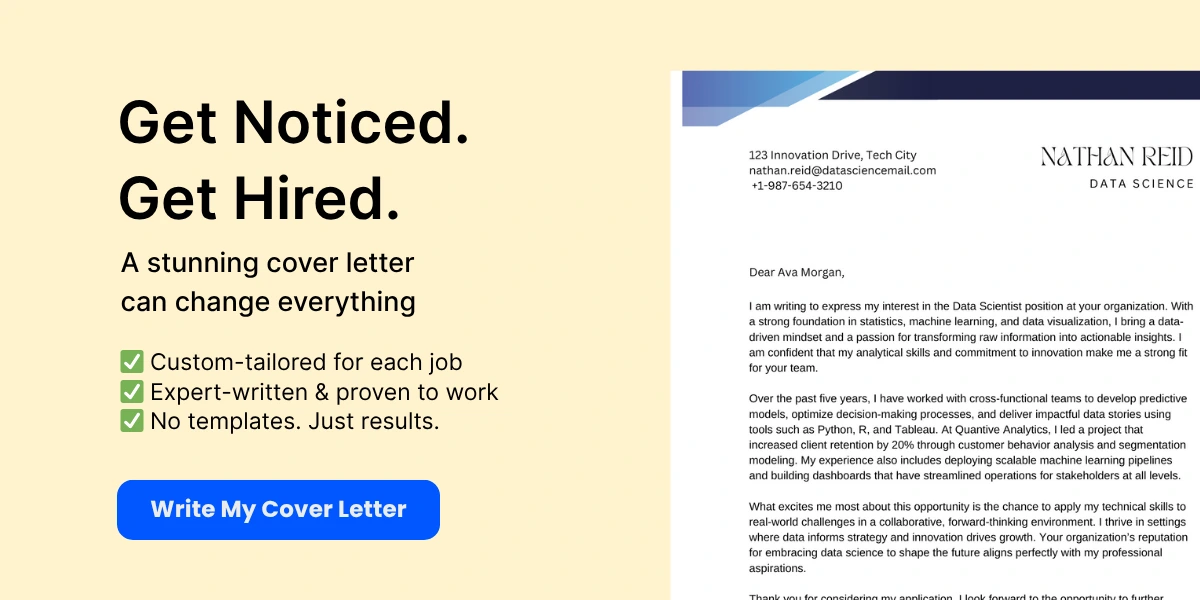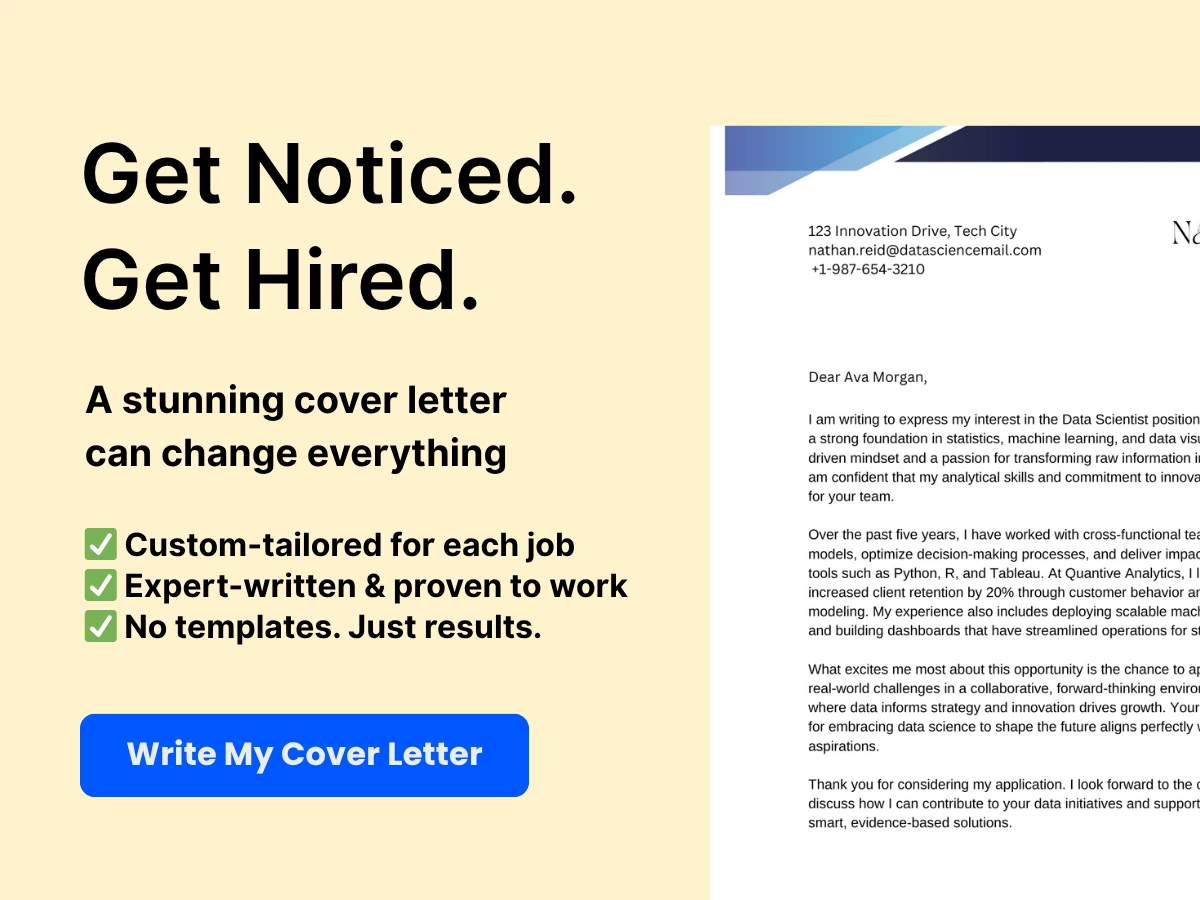As a professional, problem-solving skills are essential to success in any workplace. These skills involve being able to identify a problem or challenge, analyze the situation, and come up with effective solutions.
Definition of problem-solving
Problem-solving is the process of using critical thinking and creativity to identify a problem, analyze the situation, and determine the best course of action to resolve the issue or challenge.
Importance of problem-solving skills in the workplace
Employers highly value problem-solving skills in their employees. Effective problem solvers help their organizations to identify and overcome obstacles, streamline processes, and find new opportunities. In today’s fast-paced business environment, problem-solving skills are critical to staying competitive and achieving success.


Overview of the article
This article will discuss the importance of problem-solving skills in the workplace and provide examples of problem-solving in action. We will explore various scenarios where problem-solving skills can be applied and the steps involved in solving complex problems. Additionally, we will provide tips and tricks for building and improving problem-solving skills. By the end of this article, you will have a better understanding of the impact of problem-solving skills in the workplace and how to develop this skillset to enhance your career.
Understanding the Question
When interviewing for a job, it’s common to be asked behavioral interview questions like “Give me an example of a time when you solved a problem.” However, candidates often make the mistake of not fully understanding the question and providing irrelevant or underwhelming answers. Here are some common mistakes to avoid:
Common Mistakes Candidates Make
- Providing irrelevant examples: Candidates may provide an example that isn’t relevant to the job or the question being asked. For example, if the job requires problem-solving skills in a customer service role, talking about how you solved a math problem in school is not relevant.
- Focusing on the problem and not the solution: Candidates may ramble on about the problem they faced and forget to emphasize the actions they took to solve it. It’s important to highlight the steps you took and the outcome of your problem-solving skills.
- Not tailoring the answer to the job: Candidates may provide a generic answer that could apply to any job or situation. It’s important to tie in your problem-solving skills to the job requirements and how it will benefit the company.
Tips for Interpreting the Question Correctly
To answer this question correctly, candidates need to understand the interviewer’s motives and what they’re looking for in a candidate. Here are some tips for interpreting the question correctly:
- Know the job requirements: Research the job requirements and understand what problem-solving skills are crucial for the position. During the interview, tie in your answer to the job requirements and showcase how your problem-solving skills can be valuable to the company.
- Highlight the process: When answering the question, emphasize the steps you took to solve the problem. This gives the interviewer an idea of your thought process, decision-making abilities, and problem-solving skills.
- Be specific: Provide a specific example that directly relates to the job or the company. This shows the interviewer that you took the time to research the company and understand their needs. It also demonstrates how your problem-solving skills can benefit the company specifically.
- Highlight the outcome: Don’t forget to mention the outcome of your problem-solving skills. Did you save the company money? Did you increase productivity? Did customer satisfaction improve? Tying in the outcomes shows the interviewer how you can positively impact the company.
Understanding the question is crucial in providing a strong answer to a behavioral interview question like “Give me an example of a time when you solved a problem.” Avoid the common mistakes and follow the above tips to showcase your problem-solving skills and demonstrate how you can benefit the company.
Preparing for the Interview
When it comes to preparing for a job interview, there are several steps you should take to ensure you are ready to impress your potential employer. Start by researching the company and the job to gain a better understanding of the organization’s culture and what’s expected of you.


Researching the Company and the Job
Begin by reviewing the company’s website, mission statement, and social media pages. Pay attention to its history, values, products/services, and market position. Review the job posting carefully, making notes about the skills and experience required.
Keep in mind that not all information is publicly available. You may need to speak with employees or check out company reviews on sites like Glassdoor or Indeed to get a better sense of the company culture and potential challenges you could face in the role.
Identifying Key Skills and Requirements
Based on your research, make a list of the key skills and requirements for the job. Take time to review your own qualifications and identify areas where you may need additional experience or training.
Consider your previous work experience, any certifications or degrees you hold, and any relevant volunteer or extracurricular activities you’ve participated in that may bolster your qualifications.
Anticipating Potential Questions
Prepare for potential interview questions by reviewing the job description and brainstorming possible questions that the interviewer may ask. Think about examples from your past work experience that demonstrate your qualifications and problem-solving abilities.


When preparing for behavioral interview questions like, “Give me an example of a time when you solved a problem,” think about real-life moments that demonstrate how you’ve overcome obstacles and demonstrated creativity, perseverance, and collaboration to achieve success.
By researching the company and job, identifying key skills and requirements, and anticipating potential questions, you can enter your job interview feeling confident and well-prepared to showcase your experience and problem-solving abilities.
Choosing the Right Example
When it comes to responding to interview questions like “Give Me an Example of a Time When You Solved a Problem,” it’s crucial to choose the right example to showcase your problem-solving abilities effectively. Here are some criteria for selecting a relevant example:
-
Recent: The more recent the example, the better. You should choose a problem you’ve faced within the last two or three years to show that your skills are up-to-date.
-
Relevance: The example should be relevant to the job you’re applying for. If possible, choose a situation that demonstrates strengths relevant to the position.
-
Significance: Choose a problem that had a significant impact on you, the team, or the company. This can demonstrate that you’re capable of handling challenging situations effectively.
-
Complexity: Select a problem that was complex enough to show off your critical thinking skills. Discuss the steps you took to identify the root cause of the problem and how you developed a solution.


Here are some types of problems you can discuss:
-
Situation-based problems: Discuss how you handled a specific challenge and what steps you took to solve it.
-
Process-based problems: Talk about how you implemented a change that resulted in an outcome that exceeded expectations.
-
Relationship-based problems: Explain how you resolved a conflict with a colleague or customer and what you did to ensure a successful outcome.
Once you have identified an example, it is important to tailor your response to the job requirements. Here’s how to do that:
-
Understand the job requirements: Review the job description and identify the key skills and competencies required.


-
Select the most relevant skills: Based on the job description, select the skills and competencies that are most relevant to the position.
-
Craft your response: Create a response that highlights your problem-solving skills and the skills outlined in the job description.
-
Quantify your achievements: Use data or quantifiable measures to demonstrate the impact of your problem-solving skills.
By following these strategies, you can choose the right example and tailor your response to the job requirements effectively.
Structuring your Answer
When it comes to answering the question, “Give me an example of a time when you solved a problem,” it’s important to have a structured approach that will help you convey your experience effectively. The five-part structure that we recommend includes:
Introduction: Setting the Stage for the Example
Start by providing some context for the situation you’re going to describe. Briefly introduce the company, team, project, or scenario you were in before describing the challenge you faced. This will help your interviewer understand the larger context for your experience.


Problem: Describing the Issue You Faced
In this section, detail the specific problem you encountered. This should be a concise summary of the issue you faced and the impact it had on your work or project. Be sure to highlight why this was a challenge for you, and any constraints or limitations you were dealing with.
Solution: Detailing the Steps You Took to Solve the Problem
Here, you’ll describe your approach to addressing the problem, including the steps you took and any challenges you encountered along the way. Explain your rationale for each action you took, and the decision-making process you used. Be sure to include any data or metrics you used to evaluate your progress.
Results: Highlighting the Outcomes of Your Actions
This is where you’ll share the results of your efforts. Be sure to summarize the positive outcomes that resulted from your actions, including any quantifiable success metrics. This is also an opportunity to highlight any additional benefits that resulted from your solution, such as team collaboration or improved workflow.
Conclusion: Reflecting on the Experience and Your Growth
Wrap up your answer with reflection and insight. Highlight any key takeaways from your experience, and how it impacted your professional growth. End your answer with a positive note, expressing enthusiasm for tackling challenging problems and applying your experience to future situations.
By following this structured approach, you’ll be able to deliver a clear, engaging answer that showcases your problem-solving capabilities and highlights your potential as a valuable asset to any team or organization.


Using the STAR method
The STAR method is a framework used to structure answers to behavioral interview questions. It stands for Situation, Task, Action, and Result. This method breaks down a specific work experience into its key components to give a clear and concise response.
Explanation of the Situation, Task, Action, Result Framework
Situation – Describe the context of the problem
The Situation component of the STAR method requires you to describe the background of the problem. This includes any relevant details that led up to the issue or challenge.
Task – Outline the specific problem to be solved
In the Task component, you will need to describe the specific problem you were faced with. This could include any relevant details such as goals, specifications, or constraints.
Action – Detail the specific actions taken to solve the problem
The Action component is where you provide insight into the steps taken to resolve the situation. Be sure to describe your specific roles and responsibilities, and how you went about solving the problem.
Result – Explain the outcome and your impact on it
In the Result component, you will need to outline the outcome of your actions. This might include any positive or negative results, lessons learned, or any areas for improvement.
Advantages of Using the STAR Method
One of the advantages of using the STAR method is that it provides a structured method for answering behavioral interview questions. It can help ensure that your response stays concise and focused, and that you are providing relevant information. Additionally, it can help you highlight your particular strengths and accomplishments, and demonstrate your ability to solve problems.
Example of How to Apply the STAR Method
Consider this example question: “Give me an example of a time when you solved a problem.”
Situation
I was working as a sales manager for a small start-up company that sold organic fruits and vegetables. The market was becoming increasingly saturated, and our sales team was struggling to meet our sales targets.
Task
I was tasked with improving the sales process and increasing revenue for the company.
Action
To solve the problem, I analyzed the existing sales process and identified areas for improvement. I found that our team was spending too much time on administrative tasks, and not enough time actually selling. To address this, I implemented new software that automated many of the administrative tasks, freeing up the sales team to focus on building relationships with customers. I also developed a new sales strategy that targeted specific customers.
Result
As a result of these changes, we were able to increase revenue by 35% in the first year. We also improved our customer retention rates and increased our overall customer satisfaction. Additionally, the new sales process resulted in an increase in the productivity of the sales team.
By using the STAR method, I was able to provide a clear and concise response to the question, and demonstrate my problem-solving skills and ability to improve business operations.
Highlighting key skills
As you narrate an example of a time when you solved a problem during job interviews, it is essential to highlight the transferable skills you demonstrated through problem-solving. This section aims to discuss examples of skills such as critical thinking, creativity, and decision-making that are highly valued by employers.
Transferable Skills
Transferable skills are abilities that you can transfer from one job to another. They are much broader than job-specific skills and can help you excel in various areas, including problem-solving. The most common transferable skills include communication, teamwork, problem-solving, critical thinking, leadership, adaptability, creativity, and time-management.
Critical Thinking
Critical thinking is a transferable skill that is highly beneficial when solving problems. It enables you to analyze information objectively, break down complex issues into manageable parts, and identify cause-and-effect relationships. Critical thinkers tend to consider diverse perspectives and evaluate all available options before making decisions.
For example, during an interview, you could mention a situation where your company faced a challenge that required a multifaceted approach. To solve this problem, you utilized critical thinking skills by breaking the challenge into smaller pieces and identifying the root cause of the issue. By looking at different angles, you came up with a creative solution that addressed all aspects of the problem.
Creativity
Creativity is another transferable skill that is highly valued by employers. It enables you to come up with innovative solutions, think outside the box, and look at issues from different perspectives. Creativity is particularly useful when dealing with ambiguous problems that require innovative approaches.
For instance, you could highlight how you used creativity to solve a challenging problem at your previous job. You could narrate a scenario where your company needed to increase its profitability but was constrained by a lack of funding. Utilizing your creativity, you came up with a strategy to introduce a new product line that was cost-effective and met the company’s objectives.
Decision-making
Decision-making is a transferable skill that is critical when solving problems. It enables you to assess risks, consider available options, and make informed choices based on data analysis. Decision-makers are adept at identifying potential obstacles and working out effective solutions.
For example, during an interview, you could narrate how you utilized decision-making skills to solve a problem effectively. You could talk about a situation where your company faced a dilemma that required immediate attention. By assessing the situation, considering all available options, and weighing the potential outcomes, you made a swift decision that resolved the problem and achieved your company’s desired outcome.
To sum up, it is essential to demonstrate transferable skills during job interviews, particularly when narrating a problem-solving example. Highlighting skills like critical thinking, creativity, and decision-making can make you stand out to employers and make a positive impression.
Avoiding Common Pitfalls
When answering the question “Give me an example of a time when you solved a problem,” it’s important to avoid some common pitfalls. Here are a few behaviors to avoid:
- Rambling. Don’t speak for too long or go off-topic. Keep your answer concise and focused on the problem you solved.
- Exaggerating. Don’t overstate your role or contribution to the solution. Be honest about your part in the problem-solving process.
- Being negative. Don’t badmouth your former employer or colleagues. Instead, focus on the positive outcome of the problem-solving experience.
In addition to avoiding these pitfalls, it’s important to know how to handle tricky situations such as team conflict or ethical dilemmas. Here are some tips:
Team Conflict
- Acknowledge the issues. Don’t ignore the conflict or pretend it doesn’t exist.
- Listen to both sides. Understand the perspectives of each team member involved.
- Find common ground. Identify areas of agreement and work on finding a solution together.
- Take action. Implement a plan to solve the conflict and prevent it from happening in the future.
Ethical Dilemmas
- Review company policies. Make sure you understand the company’s policies and values regarding the issue at hand.
- Seek guidance. Ask for advice from a mentor, colleague, or HR representative.
- Analyze the situation. Consider the potential consequences of different actions and decide on the ethical course of action.
- Take responsibility. Stand by your ethical decision and be accountable for the outcome.
By avoiding common pitfalls and being prepared to handle tricky situations, you can confidently answer the question “Give me an example of a time when you solved a problem” and demonstrate your problem-solving skills to potential employers.
Sample Answers
Here are some examples of successful responses to the question “Give me an example of a time when you solved a problem” and some analyses of what makes these answers effective:
Example 1:
“At my previous job, we were experiencing a high customer churn rate due to poor customer service. I conducted a thorough analysis and identified the main pain points that customers were facing. I then implemented a new training program for customer service representatives that focused on empathy and problem-solving skills. As a result, we were able to reduce our customer churn rate by 30% in just six months.”
Analysis:
This response is effective because it provides a clear and specific example of a problem the candidate faced and how they solved it. The candidate provides evidence to support their claims of success, showing that their solution had a measurable impact. Additionally, the candidate shows initiative and leadership by identifying the problem and taking action to solve it.
Example 2:
“I was working on a project that required us to meet a tight deadline. However, one team member was consistently missing deadlines and causing delays for the rest of the team. I sat down with them and had an honest conversation about the impact of their behavior on the project and the team. We identified some areas where they needed additional support and resources, and I worked with them to develop a plan to meet their deadlines. With this approach, we were able to finish the project on time and within budget.”
Analysis:
This response is effective because it demonstrates strong communication skills and the ability to manage difficult team dynamics. The candidate identifies a specific problem and takes a proactive approach to addressing it. Additionally, the candidate shows empathy and collaboration skills by working with the team member to find a solution together.
Example 3:
“In my previous role, I was responsible for managing a team of sales representatives. One representative consistently struggled to meet their targets, despite receiving support and coaching. I decided to take a different approach by shadowing this representative on a few of their client visits. Through observation, I identified some areas where the representative was lacking confidence and developed coaching sessions tailored to their specific needs. As a result, this representative was able to improve their sales performance by 50% within three months.”
Analysis:
This response is effective because it shows the candidate’s ability to think outside the box and use creative solutions to solve problems. The candidate takes a hands-on approach to identify the root cause of the problem and tailors their coaching approach to the individual’s needs. Additionally, the candidate provides measurable results to demonstrate the success of their approach.
These sample answers are effective because they provide clear and specific examples of problem-solving efforts, demonstrate initiative and leadership, and provide evidence to support claims of success. By following these examples, candidates can prepare compelling responses to this common interview question.
Related Articles
- Education in Progress on Your Resume: How to List it
- 40 Unique Interview Questions to Ask Employers in 2023
- Time Management Skills to Highlight on Your Resume in 2023
- 10 Bookkeeper Resume Samples That Secured Jobs in 2023
- Application Consultant Job Description & Complete Guide








